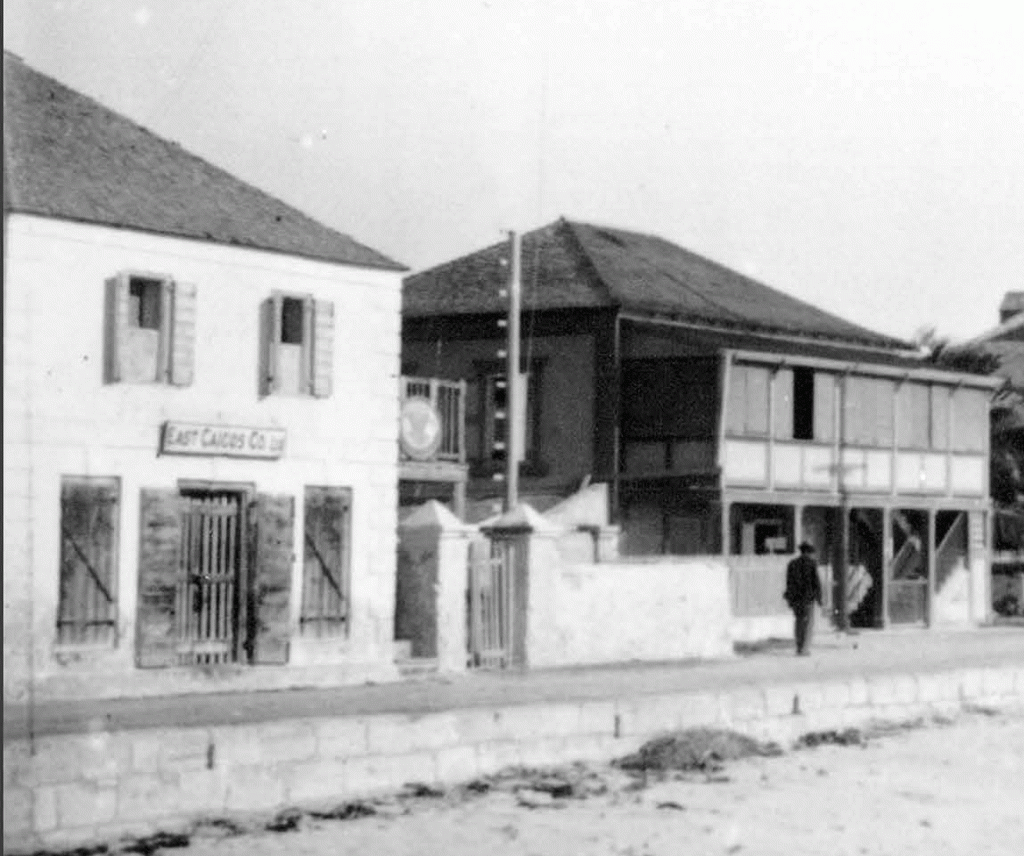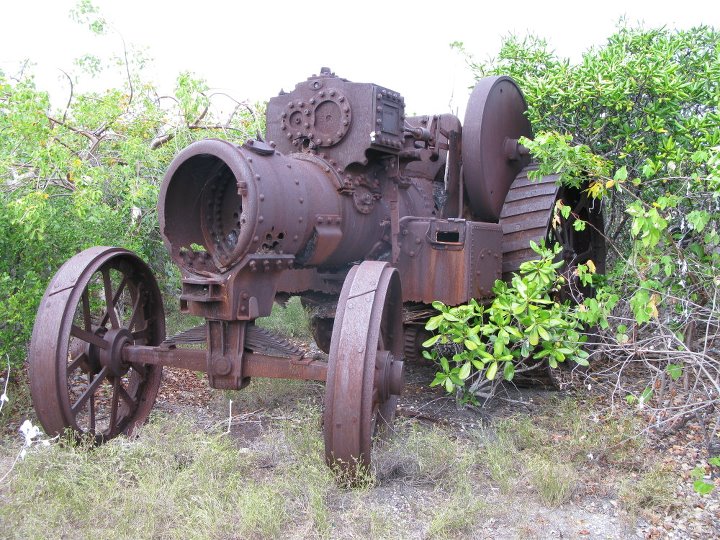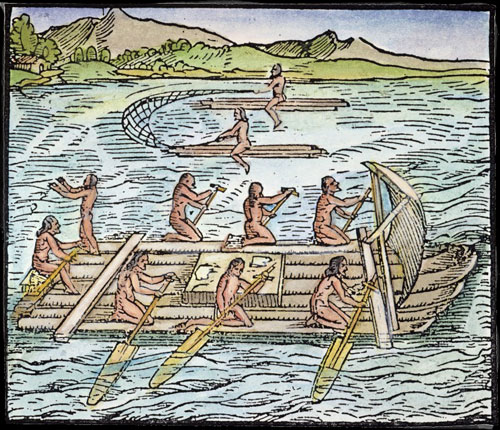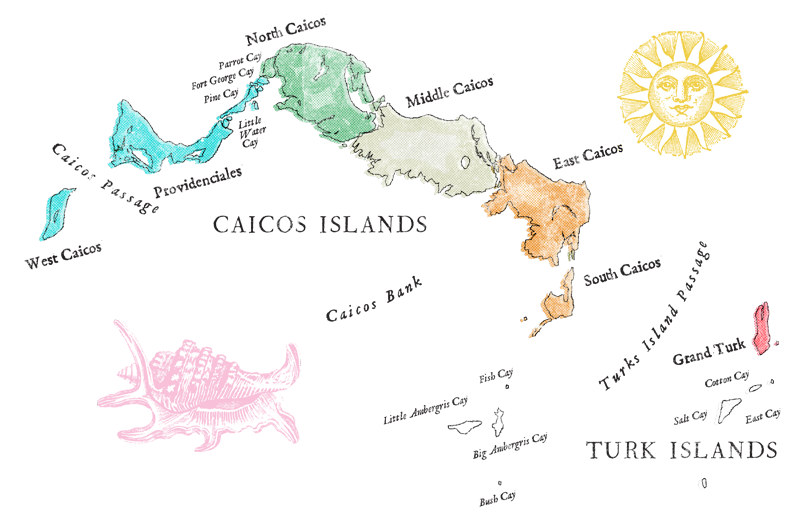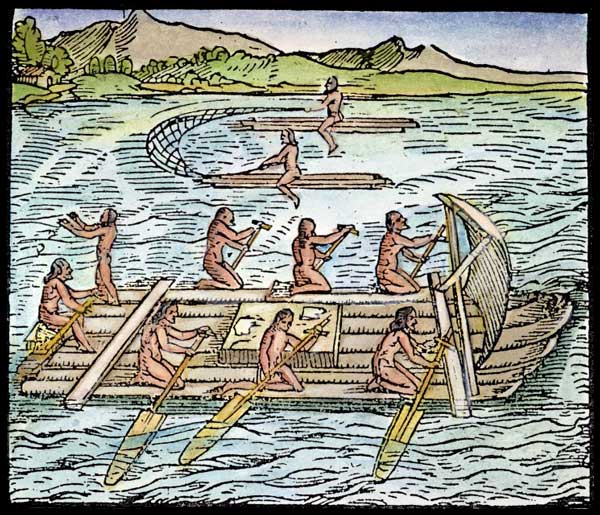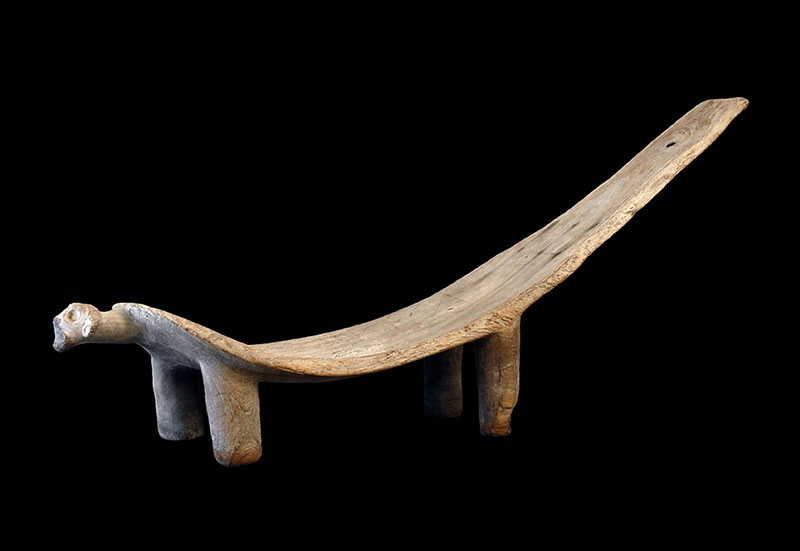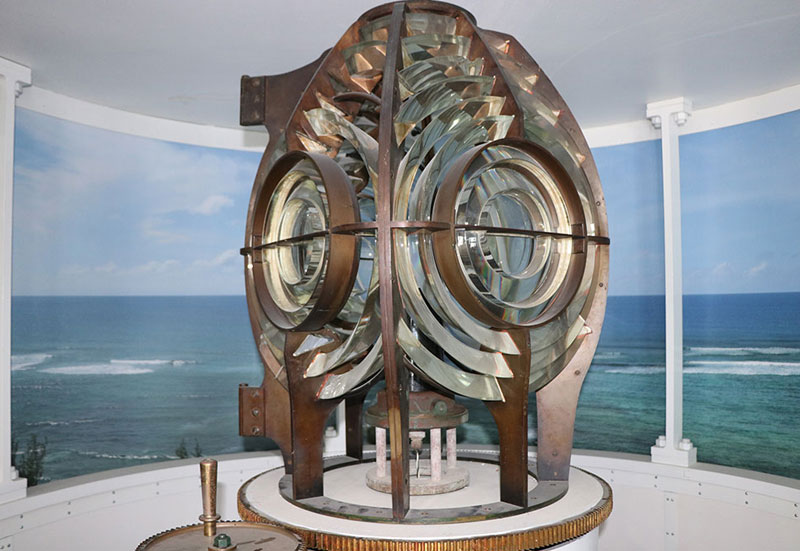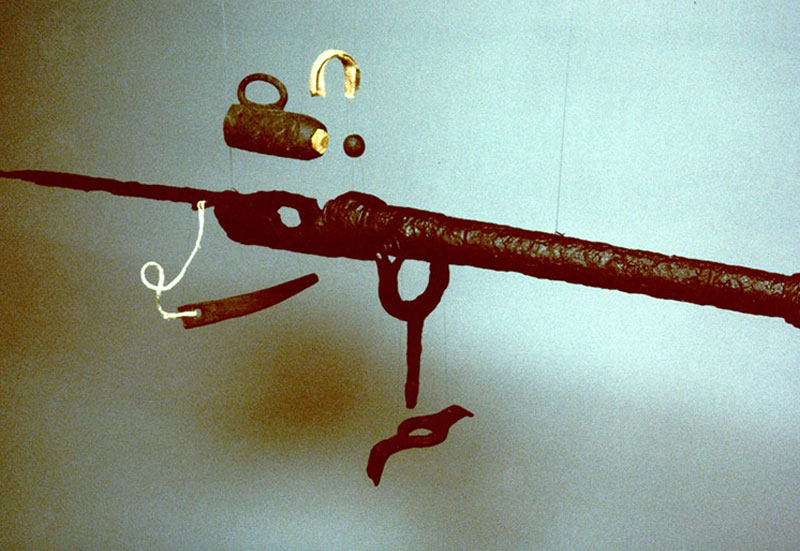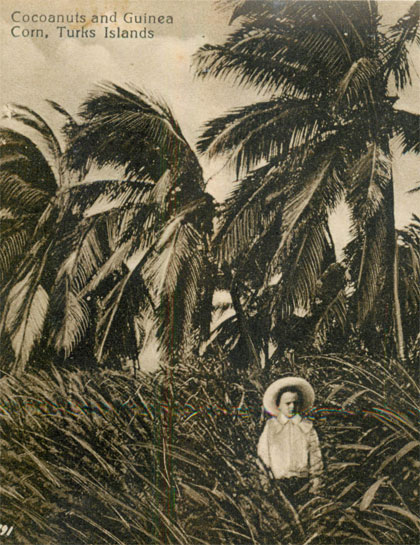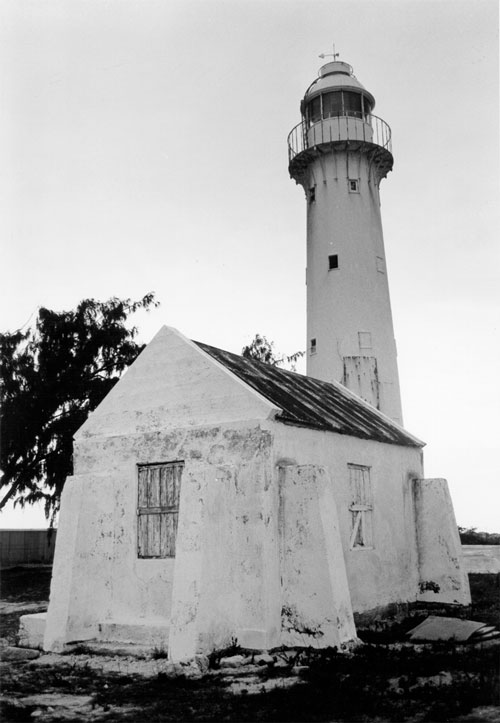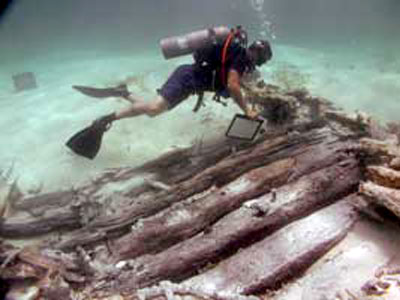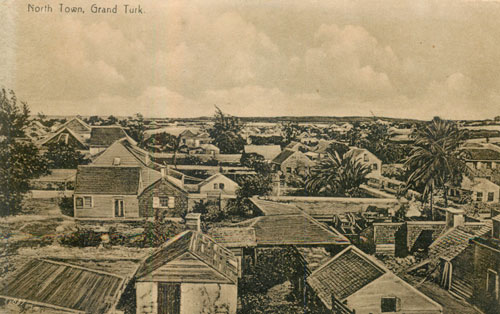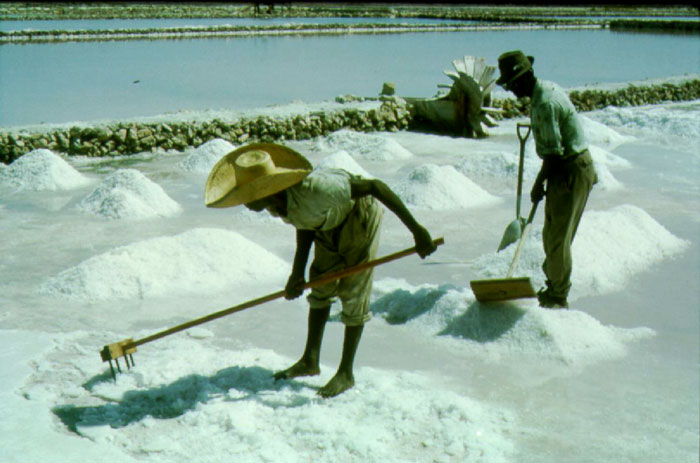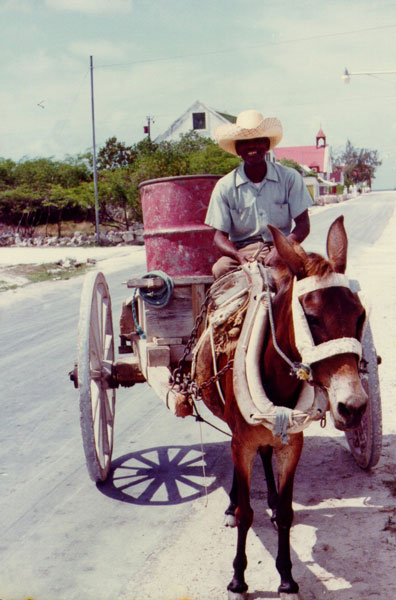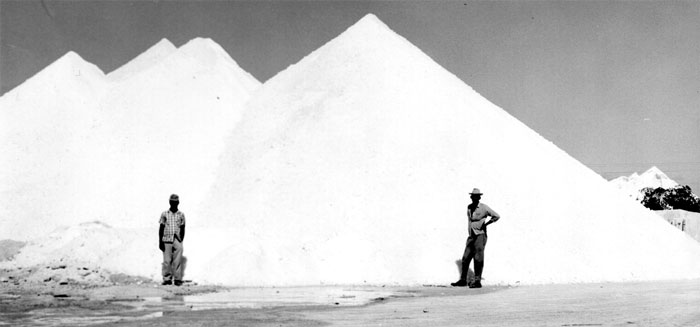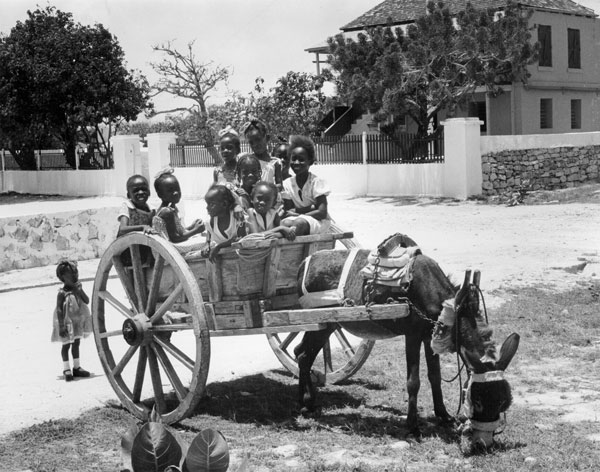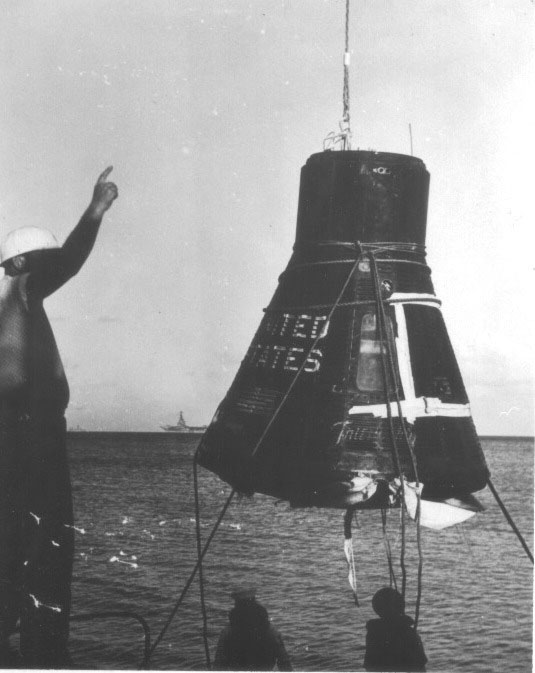Sisal Industry
The Rise and Fall of Sisal
When we talk about the industries that have dominated Turks and Caicos life it is easy to recall the salt trade and the dominant forces of tourism and off shore finance today.
The Start of Sisal Production
However, another crop was also produced in large quantities on the Islands - Sisal. It was such an important crop that in October 1907 a Colonial Report was written entitled “The Caicos Islands: with special reference to the Further Development of the Sisal Industry” and was presented to both houses of parliament in Britain.
F. H. Watkins, the Commissioner of the Turks and Caicos Islands, wrote the report and within its pages are details about life in the Caicos Islands. This included all aspects of the industries being carried out on the Islands such as the production of sponge, turtle shell and dried conch. The report also records that the population of the Caicos Islands in the 1901 census was 3,083, of which 91 were white and 2,992 black. The central part of the report though was the sisal industry and the two main companies that were involved.
But why was Sisal introduced?
Fruit and vegetable crop production had been tried but had all failed. This was due to natural elements such as the weather and poor shipping which saw what crops had been grown deteriorate whilst waiting for delayed ships and the inefficiency of the local workers. What was needed was a crop that was resilient to the weather (especially drought) and would not deteriorate with long storage. Sisal was the ideal crop.
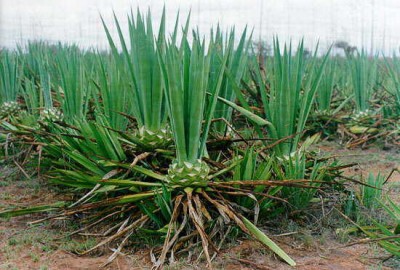
Typical sisal plant grown in the Turks and Caicos Islands
(photo property of TCNM - permission to use required)
During the mid-nineteenth century Mr. Stubbs had introduced small amounts of sisal from Crooked Island, a part of the Bahamas. In 1889 Captain Jackson stated that the salt raking industry offered a precarious living but “The fiber industry offers no such uncertainty. ………. Unhurt by storm or calm, rain or drought, these plants offer the perennial harvest in return for less labor, and, in comparison with the value of the crop, for far less outlay than any other product of the soil.” He went on to state that the soil of the Islands was ideal for the crop. During 1890 large tracts of West Caicos was cleared for production of Sisal, this being mainly government land that had been leased out. Work began in August 1890 and by March 1891 500 acres on West Caicos had been cleared. In 1891 the two companies, West Caicos Fibre Company, Limited and East Caicos, Limited were registered.
In 1891 a trial shipment was made to New York. As a result of the work required for the cultivation of Sisal, in 1894 the commissioner was “able to report that for the first time for several years there was an absence of any distress among the inhabitants of the Caicos Islands”.
The East Caicos Company
East Caicos was the primary production area for the East Caicos Company, the pioneers of the Sisal industry in the dependency. The company was formed in 1890 and registered in 1891. It employed a manager, an engineer in charge, 2 overseers and one assistant overseer and 2 clerks. To accommodate the laborers there were two large barracks built, one at Jacksonville and one at Breezy Point. There were quarters to hold married couples and in total the barracks could hold 300-400 people. To transport the Sisal there were 14 miles of tram-line consisting of two main branches with loops, along which the trolleys were drawn by mules.
East Caicos Company headquarters building (left) on Front Street, Grand Turk, ca. 1900. (McKitrick Collection) (photo property of TCNM permission to use required)
The fiber was extracted at two stations, one at Jacksonville where there was a substantial wharf for shipping, and the other near to Flamingo Hill. Food, with the exception of alcoholic liquor which was prohibited, and clothing required by the laborers was supplied through a store and a building was provided for holding religious services.
The report stated that “great and good work has been accomplished by the company, for the opportunity of regular employment and fair wages has been the means of introducing habits of work and industry among the people of the district” and “it will serve to illustrate the way in which a little enterprise and capital can turn the barren land of the Caicos Islands into a flourishing and remunerative concern”. In 1907 there was little Sisal production elsewhere although areas had been recognized as suitable for Sisal production near to Kew, North Caicos as well as around 150 acres already under cultivation on the Bellevue Plantation, North Caicos.
The West Caicos Fiber Company
The West Caicos Company was registered in 1891 but unlike the East Caicos Company suffered from poor management. On West Caicos around 4000 acres had been or were under cultivation for Sisal in 1906, but only 800 acres were at that time under full time cultivation. The staff consisted of a manager, engineer and two overseers with an average of 70 laborers. The principal buildings included two stations with extracting machines and oil engines, several substantial stone buildings for the staff and barracks for the laborers. A steam traction engine, capable of carrying 15 tons, conveyed the sisal leaves to the works.
Fiber Export
Year Value of Sisal Export (in British pound sterling)
1890 - 50
1891 - 11
1892 - 25
1893 - ---
1894 - 420
1895 - 620
1896 - 1,047
1897 - 2,539
1898 - 2,902
1899 - 7,594
1900 - 5,081
1901 - 6,551
1902 - 7,101
1903 - 6,488
1904 - 6,887
1905 - 5,803
1906 - 5,605
Sisal Export 1890-1906
The Turks Islands
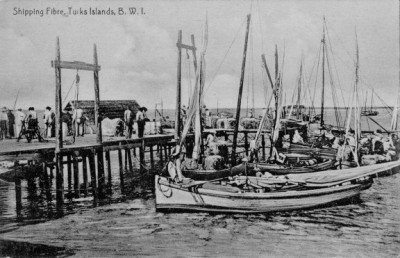
Shipping sisal from Grand Turk about 1910. (photo property of TCNM - permission to use required)
In 1906, 400 acres of Government land was leased on Grand Turk for sisal production and 350 acres on Salt Cay. This was to provide an alternative product for times when the salt trade was undergoing hard times. It was clear that many people were now realizing that the salt trade could be a precarious way and that the Islands could no longer rely on this one product.
Where and How is Sisal Grown?
The report goes into how the crop was grown and the history of the plant. It is a detailed account and worthy of further reading but recorded here are just a few of the main points. Sisal prefers to grow in Limestone areas where the bedrock is exposed and has only a thin covering of soil and requires several years to reach its maturity. The leaves contain long slender fibers extending just under the surface. The plant is in fact an Agave and was first discovered in the Yucatan. The word Sisal derives from the port in Yucatan where the fiber was exported. Therefore Sisal became the commercial term for the fiber.
In the 1906 report concerns were being voiced about the fertilization of the soil. Horses, mules and goats were allowed to roam between the plants to help keep the weeds at bay but this was insufficient. What was of concern was that the bagasse (pulp remaining after the fiber had been extracted) was being dumped at sea, when it could have easily have been stored and made into a mulch. It was therefore suggested that experiments be undertaken for the use of the bagasse on its own or mixed with seaweed or pen manure.
Post 1907
H. E. Sadler continues the sisal story in his publication Turks Island Landfall. Even though the report above was favorable about the furthering development of sisal production the industry was soon hit by the developing production of superior manila hemp from the Philippines. Sisal prices declined and by 1919 all organized production ceased. There was a mini revival between 1944 and 1956 when 600 acres were replanted in the Caicos Islands to meet the increased post-war demand for fiber. Today sisal plants can be seen around the islands growing wild and some have been planted in the Museum Garden.
